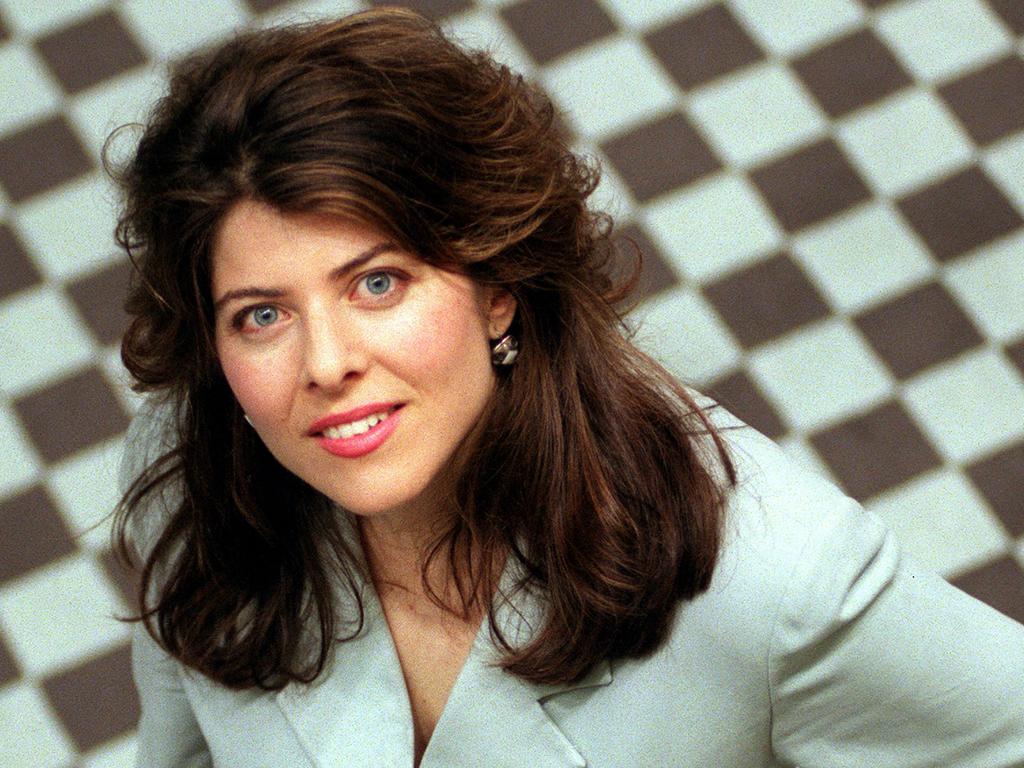The fair maids (and mistresses) in the court of King Charles II
This is the 17th century equivalent of the Maxim Hot 100, and a delicious and sexy retelling of how the famed Windsor Beauties paintings came to be.

Lauren Chater’s new release The Beauties opens with Emilia Lennox stealing through her husband’s family home to indulge in a secret ritual of “gorging herself on paintings by Titian and Holbein, Van der Weyden and Bandinelli”. Emilia uses the masters’ works as inspiration for her own attempts to paint; on this day her subject is a ripe plum: “The plum’s skin is tight and rubbery. If you caress it with your thumb it leaves a bluish bruise. How to capture this?”
So we enter the lush world of Restoration England. Chater’s fourth historical novel follows three storylines of love, lust and power, told over a period of 10 years. The title is a nod to a series of portraits, the Windsor Beauties, still hanging at Hampton Court Palace, which immortalised the fairest women from the court of King Charles II, including the King’s mistresses.
It’s the 17th century equivalent of the Maxim Hot 100, as Chater describes the series, and her homage to the Windsor Beauties is a delicious and sexy retelling of how the paintings came to be.

It’s 1662, King Charles II has been restored to the English throne, and the beautiful, young Emilia’s world and that of her husband, Sir Robert Lennox, is about to come crashing down as the king’s agents hunt out traitors to his Stuart cause.
Ten years prior to Emilia’s opening, we meet “homely” Anne Hyde, a young lady-in-waiting to Princess Mary of Orange (sister to King Charles II). The Princess insists on having her “dearest English pearl” sit for a portrait, the setting of which is styled with an atmosphere of “sweet disorder”, in other words, with the suggestion of sex. Where Anne naively sees a beauty in paint, the artist has made her into a seductress and this will come back to haunt Anne later in her life.

Jump three years and Emilia finds herself at court in London hoping to convince King Charles to restore her husband’s family fortunes. Her bargaining chip is her astonishing beauty. The King will pardon Emilia’s husband only if she will be his mistress. She delays the inevitable by agreeing, but not until her portrait hangs among the famed Windsor Beauties.
This is a book that asks if beauty is power, is it the woman who wears the face who wields the power? It’s also about sex because, in 17th century England, that’s how beauty was traded.
The artist who will paint Emilia is the third storyline we follow in The Beauties. Henry Greenhill is the assistant to the court painter and the descriptions of his growing infatuation with Emilia are compelling. Just as Emilia debates the morals of sleeping with the king, she falls into bed with the painter. We see a woman in total control of her own sexuality, bold and passionate. This Emilia is Chater’s response to the question of who wields the power. The chapters jump between each of the three protagonists and Chater riffs on their stories with pace.

Anne Hyde will go on to become the Duchess of York and will commission the series of portraits, but not before she succumbs to the advances of her lover under the foolish belief that the moon will save her from falling pregnant. She is judged and condemned but Chater gives her a resilience that speaks to a line in one of her earlier chapters, that “there was nothing more powerful than a woman who knew how much her beauty was worth”.
Chater’s writing is full of rich details. She paints a beguiling world picture and sits the reader in prime position as her character’s stories unfold. Her love of the history and knowledge of the painting styles of the Dutch masters shines through in her meticulous research that hits the page with just the right brushstroke.
Part of Chater’s inspiration for the book came from an article about supermodel Emily Ratajkowski’s attempts to reclaim a nude photo stolen from her personal Instagram, printed on canvas and sold without her permission for $90,000 a piece. After buying a copy with her boyfriend, she was shocked to discover (when their relationship ended) that he wanted $10,000 for his share of the artwork.
“All these men,” she wrote, “some of whom I knew intimately and others I’d never met, were debating who owned an image of me.” Despite the centuries separating them, Ratajkowski’s experience got Chater thinking about how the Windsor Beauties managed in the 17th century.
With The Beauties, Chater has written a sumptuous and intelligent historical. Despite the grim circumstances of the world in which Anne Hyde and Emilia Lennox found themselves, the truth is they both sought love and connection. Ultimately, the romantic in Chater wins out.
Emma Harcourt’s latest book is The Brightest Star (HQ Fiction)






To join the conversation, please log in. Don't have an account? Register
Join the conversation, you are commenting as Logout